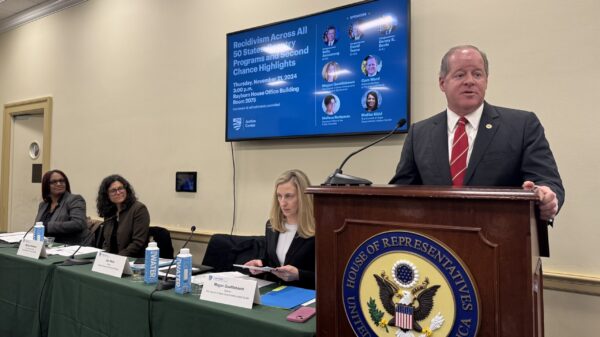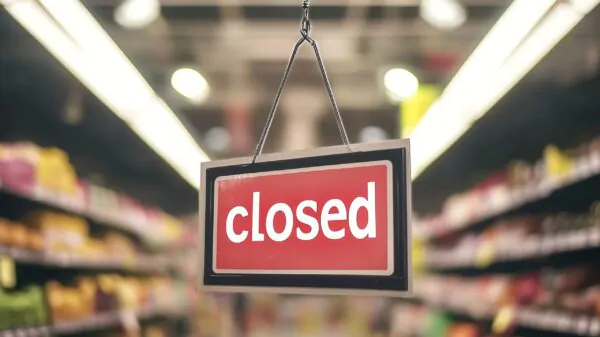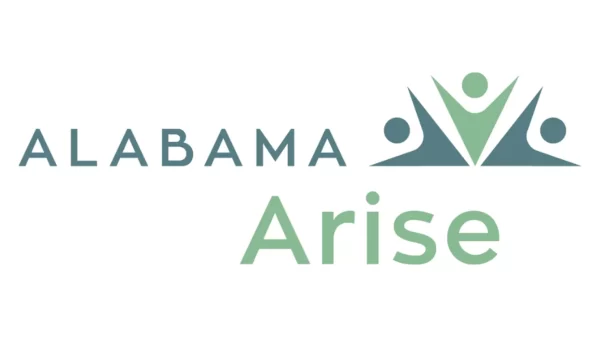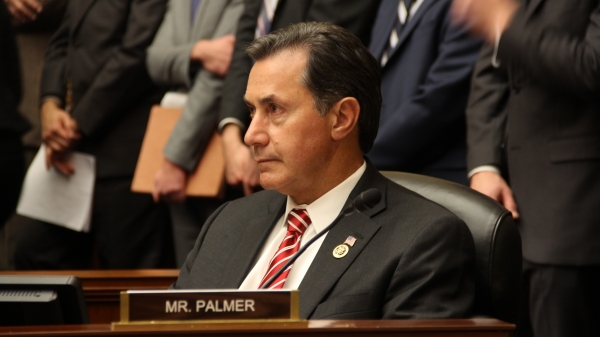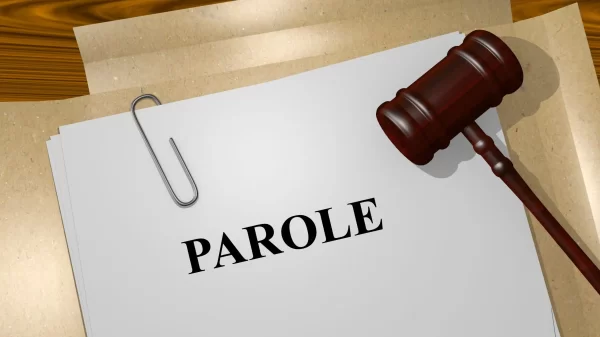The Alabama Board of Pardons and Paroles has proposed changes to its parole guidelines in response to growing legislative pressure and public scrutiny. Lawmakers sent a clear message this session: adopt formal guidelines or risk losing funding.
The revised rules, detailed in a new proposal to repeal and replace Rule 640-X-2, follow criticism of Alabama’s low parole grant rates and inconsistent adherence to current standards.
Under the current guidelines, adopted in 2020, parole decisions are based on a scoring system that assesses factors such as the severity of the offense, prior criminal history, institutional behavior and risk of reoffending.
The current scoring system is non-binding, and the board has deviated from it without providing clear explanations. The result has been a drop in parole approval rates, with many eligible individuals denied parole even when scoring favorably under the guidelines.
Lawmakers included a provision in the 2026 General Fund budget requiring the board to adopt updated parole guidelines to maintain its funding. This followed frustration from both legislators, who said the board often ignored its scoring system, undermining data collection and contributing to prison overcrowding.
Legislators supporting the measure argued that it was necessary to ensure the board complies with state law and that the parole process needs more consistency.
The newly proposed guidelines would retain the use of a scoring matrix with slight alterations.
One of the most notable changes is the increased weight given to the severity of an inmate’s offense. Under the current guidelines, offenses are categorized as low, moderate or high, with corresponding scores ranging from zero to two points. The proposed 2025 revisions expand this to include a new “very high” category and increase the possible score to four points, effectively making offense severity a more influential factor in parole decisions.
Sex offenses and felony crimes involving a personal injury will be considered as “very high,” while any case with a victim must be scored no lower than “high.”
The section on institutional behavior has been restructured to provide more detail. The current rules differentiate between violent and non-violent disciplinary infractions. The revised guidelines break this down further, distinguishing between isolated and multiple incidents, and scaling the scoring accordingly.
Participation in rehabilitation and treatment programs is also handled more clearly under the new system. Previously, the guidelines made distinctions between efforts made and levels of compliance. The proposed changes simplify this into three clear categories: completion of required programs, deficient participation and outright refusal or unacceptable compliance.
In the current system, stakeholder input in the opposition is automatically counted against the applicant, regardless of whether there is also support. The new version differentiates between support without opposition, mixed feedback and opposition only.
Finally, the scoring thresholds themselves have been adjusted in a way that could make parole less accessible. The 2020 system suggested a parole grant for scores of seven or lower. Under the 2025 proposal, only scores of five or lower would suggest parole should be granted, while a new “neutral” zone for scores between six and eight has been added. A score of nine or higher would still suggest denial.
The scoring system remains advisory, not mandatory, preserving discretion for board members while demanding more accountability in the decision-making process.
The public has until July 4 to submit written comments on the proposed rule changes.







